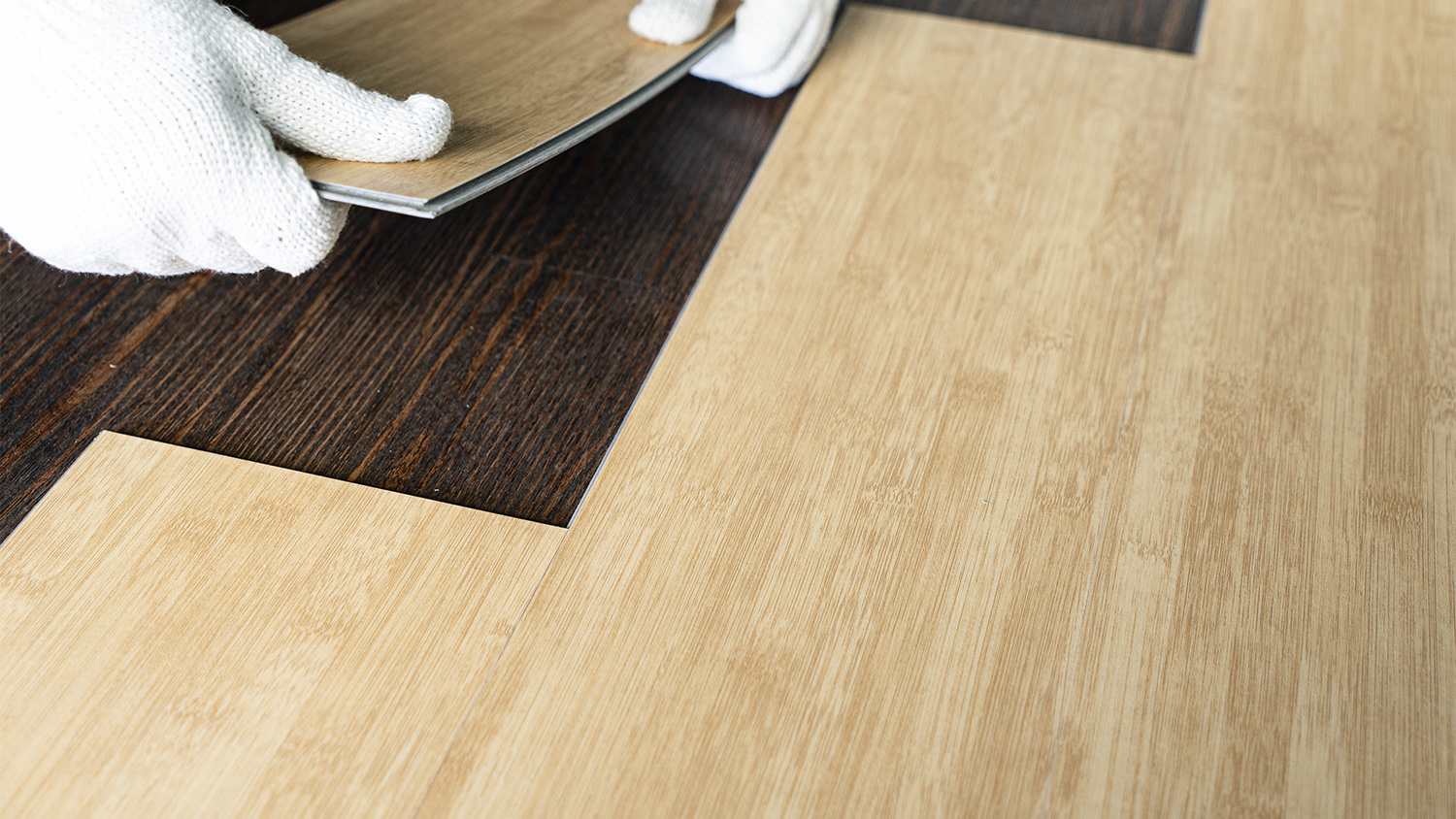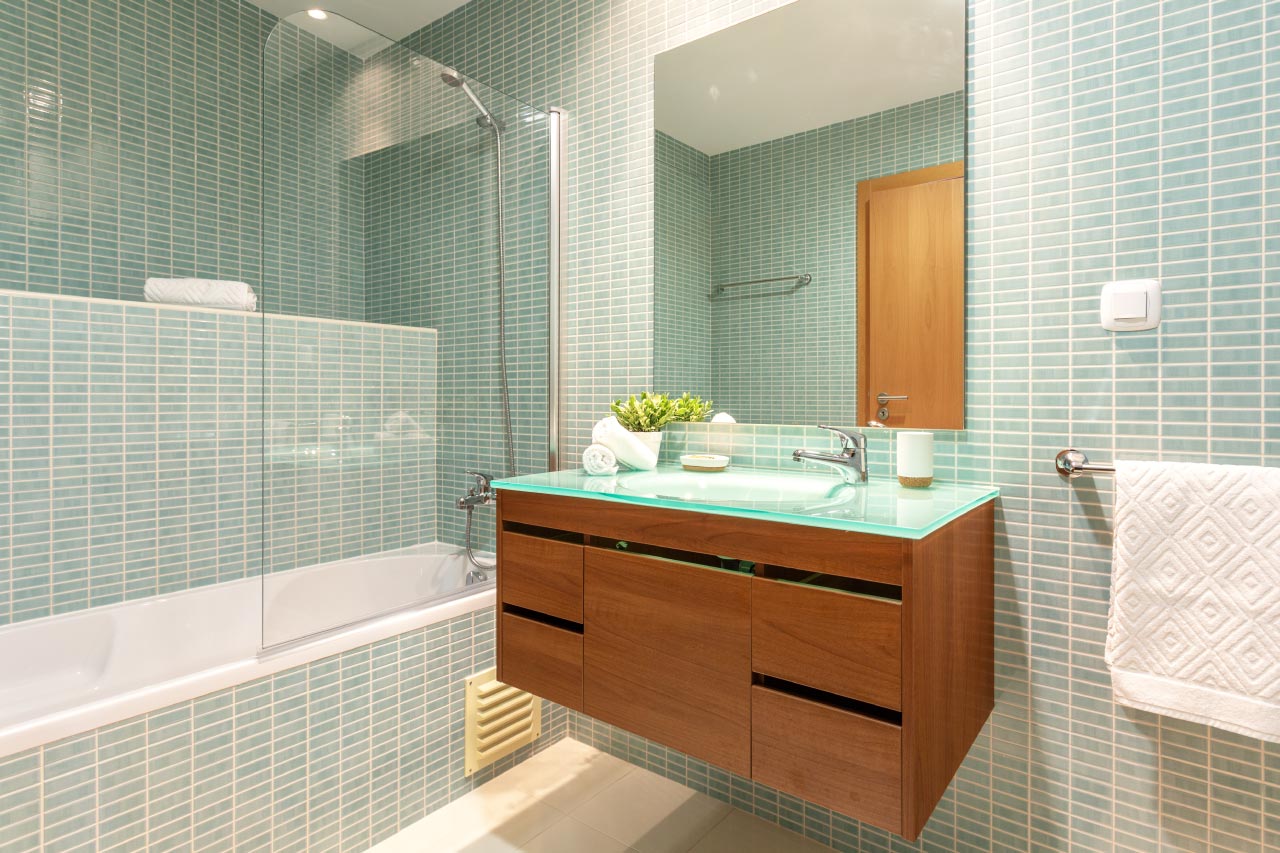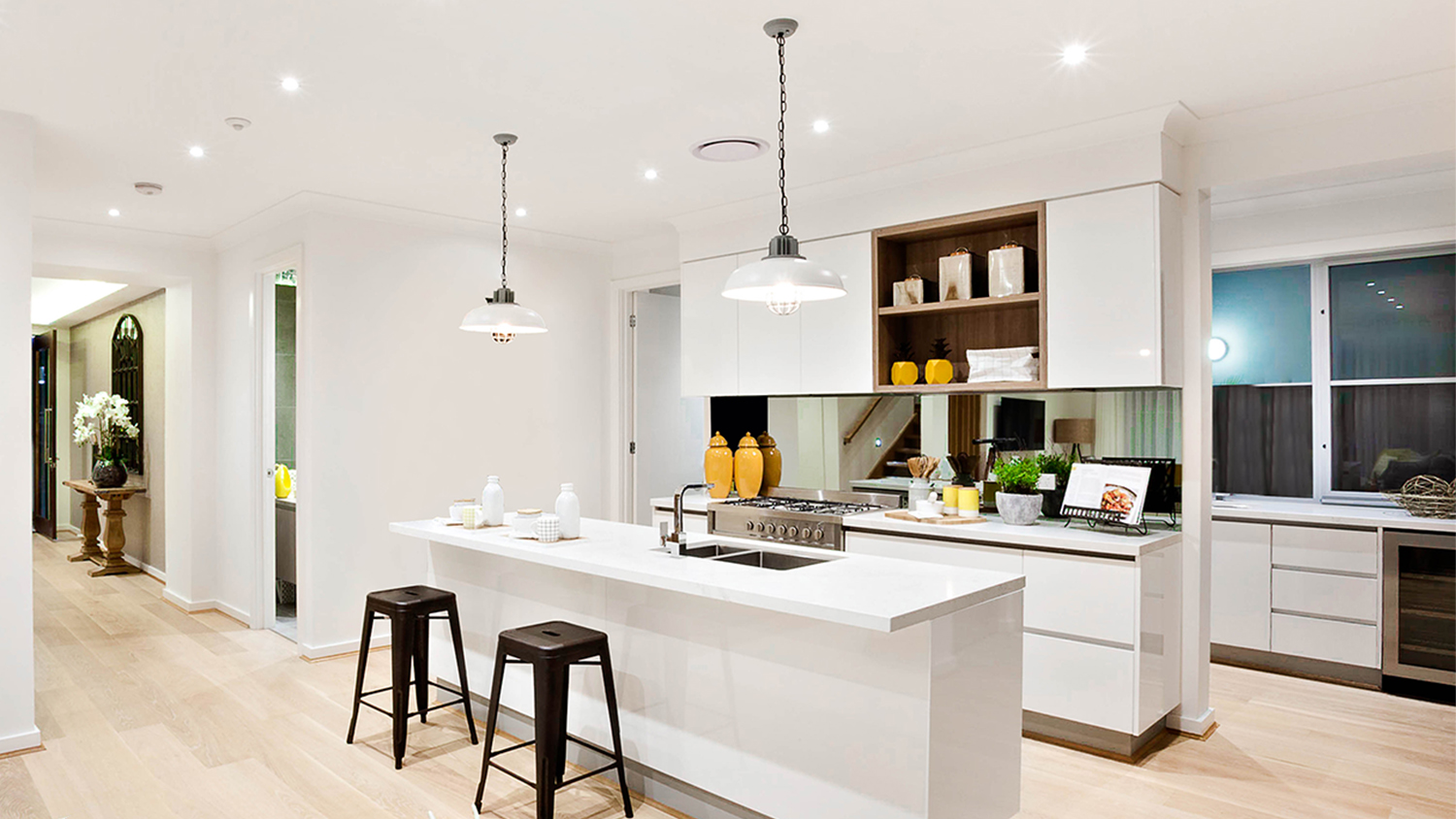
HomeAdvisor's Rubber Flooring Cost Guide gives poured or rubber tile prices. Explore info about the gym, kitchen, and other rubber floors.
Don't break the bank on this budget-friendly flooring material


To calculate your vinyl plank flooring:
Enter the length and width of your flooring project in the calculator above.
Add 10% for waste and overage.
Divide that by the case or pallet coverage.
Besides self-leveling materials for uneven floors, you’ll also need extra materials depending on the type you buy:
Luxury click-together: No need for glue. Comes pre-backed and floats.
Glue down: Purchase enough glue to cover the entire area.
Peel-and-stick: Glue is recommended for long-lasting and secure placement.
Click lock without backing: Buy an underlayment the size of the area of your project.
Vinyl planks come in two standard lengths: 36 inches and 48 inches. Widths range from 4 inches to 12 inches wide, though most are 6 to 9 inches wide.
Most cases cover from 18 to 25 square feet. The number in each box varies depending on width. Once you’ve decided on the style you want:
Find the area you want covered.
Divide that by how many square feet the carton covers.
Add 10% for waste and round up.
Your final number is how many cartons you want to purchase.
Sheet vinyl comes in rolls. It comes in both lay-flat and glue-down varieties. You can also choose from multiple thicknesses. To find how much you need, follow these steps:
Measure the length and width of the area you’re covering.
Use the calculator above or multiply the two manually.
Add 20% for waste and overage.
Round up to the nearest whole foot.
There are no standard vinyl roll lengths. If the flooring store doesn’t have enough, they can order any length directly from the factory or supplier.
Vinyl rolls come in two very specific widths for residential projects: 12 feet and 13.2 feet. Some light commercial grades come in 4- and 6-foot widths.
For any type of vinyl flooring, you’ll need to find the area of your project. Follow these steps:
Find the area. Length times width. For oddly shaped rooms, break it up into smaller square or rectangular areas.
Add 10%-20% for waste.
Round up to the nearest whole foot.
For sheets of flooring: take this number to your local store or professional installer.
For plank floors: take this number and divide it by the coverage listed on the case of your chosen brand. Round up to the nearest whole number. This is how many cases you’ll need.
For example: Measuring a home with 2 rooms, one 10’x12’ and one 10’x20’.
Area = 10×12 = 120 and 10×20 = 200
120 + 200 = 320 square feet.
320 x 10% = 320 x 1.10 =352
For sheet flooring, stop here. You’ll need at least 352 square feet of sheet vinyl.
Because you’ll likely find it in 12-foot-wide rolls, you’ll purchase a roll of 12 feet by 32 feet. That’s 10 feet long for one room plus 20 feet long for the other room with 2 feet extra for waste.
Total you’ll actually purchase: 384 square feet.
For plank floors, divide by the case coverage. We’ll use the example of a case covering 20 square feet: 352 / 20 = 17.6
Round up to 18. This is how many cases you’ll need.
A few tips for measuring your project:
For sheets: add a few inches or round up the nearest foot. This helps walls that are warped or aren’t square. You can always trim a little off. Adding thin strips creates seams.
Measure under trim. That can add up to an extra inch on each side.
For plank in kitchens: measure the widest areas and then subtract the cabinet area for planks.
You’ll calculate linoleum flooring just like you would for sheet vinyl. Follow these steps:
Calculate the area of the room by multiplying the width times the length.
Add 10%-20% for overage and waste from cutting.
Round up to the nearest foot.
Installing linoleum costs $2 to $5 per square foot to purchase and install. Unlike vinyl, it’s made of natural materials, like cork, minerals, linseed oil and resin. While this might make some brands more environmentally friendly, it also means it’ll break down quicker.
| Room Size | Sq. Ft. of Plank | Sq. Ft. of Sheet |
|---|---|---|
| 4x6 | 27 | 29 |
| 6x6 | 40 | 44 |
| 6x8 | 53 | 58 |
| 5x10 | 55 | 60 |
| 6x10 | 66 | 72 |
| 8x10 | 88 | 96 |
| 10x10 | 110 | 120 |
| 10x12 | 132 | 144 |
| 12x12 | 159 | 173 |
| 12x14 | 185 | 202 |
| 12x16 | 212 | 231 |
| 12x20 | 264 | 288 |
| 14x20 | 308 | 336 |
| 18x20 | 396 | 432 |
Hiring a professional to measure, cut and install your vinyl floor will prevent DIY mistakes such as:
Cutting too much. This leaves a seam or worse, you’ll have to buy a new length and start over.
Bubbling and peeling. Common to DIY installs, improper surface prep and not enough adhesive lead to premature failure.
If you want to go the DIY route, try click-together luxury plank floors. However, you may end up going through an extra case or two. Also, plan to spend at least a weekend on the project. If you don’t have the time, consider hiring a vinyl flooring installer near you.
From average costs to expert advice, get all the answers you need to get your job done.

HomeAdvisor's Rubber Flooring Cost Guide gives poured or rubber tile prices. Explore info about the gym, kitchen, and other rubber floors.

Explore how factors like your project size, floor design and type, required prep work, and sealing affect cork flooring costs.

HomeAdvisor’s Price of Tiles Cost Guide covers the average cost of tiles for floors and walls. Find tile prices right for your project.

Wondering who installs vinyl flooring? Learn whether to hire flooring companies or contractors, what to expect, and costs per square foot

Wondering who installs laminate flooring? Learn who to call, when to DIY, and what to expect from a laminate flooring contractor before you book.

Budget for the cost to remove tile flooring based on factors such as square footage, tile type, removal method, asbestos tiles, labor, and more.